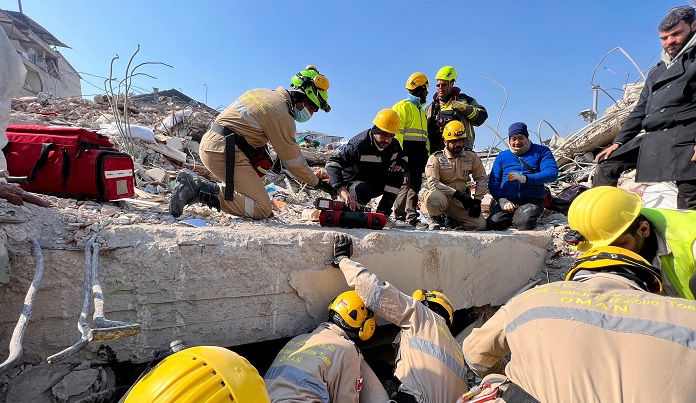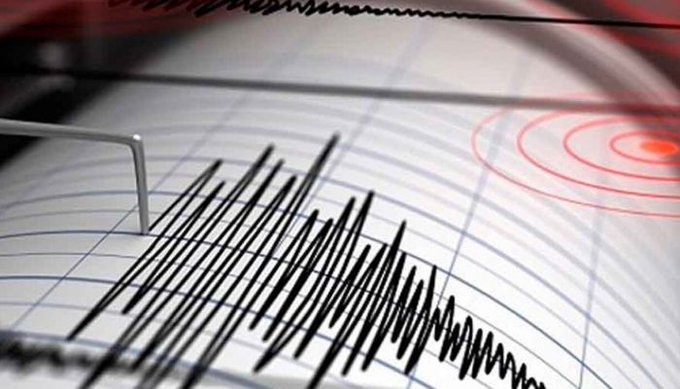

Muscat: A first-of-its-kind seismic monitoring network is expected to be set up in Oman, said a senior official of the Earthquakes Monitoring Centre at Sultan Qaboos University.
“We are in the process of setting up quake monitoring stations that will be spread across the country in the coming months,” Dr Issa El Hussain, Director of Earthquakes Monitoring Centre (EMC) at Sultan Qaboos University said.
The Sultanate of Oman has more than 20 earthquake monitoring stations equipped with latest gadgets that help determine the origin, strength and extent of quakes. “A study to install seismic monitoring stations throughout the country has been conducted,” he added.
He added the new nationwide network would give better knowledge on the magnitude of tremors from one region to another.
Speaking exclusively to Times of Oman, Dr Issa said that there are 21 stations equipped with the latest gadgets to monitor earthquakes in the Sultanate of Oman. “As Oman is part of the Arabian Plate in a convergence zone between the Arabian and Eurasian plates, the seismic activity, apparently, goes in a dynamic movement every once in a while,” he added.
Dr Issa El Hussain confirmed that the new seismic monitoring network will be established from Musandam to Salalah in the south in schools.
By the end of 2022, ten stations were created in schools, health centres and public parks in the Muscat Governorate.
He pointed out that the installation of all stations will be completed by the end of 2024 in all major cities in schools, health centres and public parks.
He added the new nationwide strong network would give better preparation time and knowledge on the variation of tremors from one area to another.
El Hussain affirmed that unfamiliar seismic activity has not been observed in the eastern part of the Arabian plate, neither in the Zagros fold, Sea of Oman or in the Arabian Sea.
On the cause of monitoring earthquakes in Musandam Governorate, he explained that Musandam lies close to Zagos and Makran seismic zones in Iran which is closer to these zones than the rest of Oman regions.
Regarding the frequent occurrence of earthquakes in Musandam Governorate, he explained: “This is because it is located near the seismic belt that passes through Iran. Iran is one of the most earthquake-prone countries in the world, and it has a history of devastating earthquakes that have killed thousands of lives over the years. Due to its location along many plate boundaries and fault lines, Iran experiences a high frequency of seismic activity.”
According to World Atlas, the 10 most earthquake-prone countries in the world are Japan, Indonesia, China, Philippines, Iran, Türkiye, Peru, the United States, Mexico and Italy.